
Table of Contents
By William Van Zyl. Published on November 8, 2022.
A high-frequency air raid siren goes off above Jacob’s head. He flinches. Urgent notifications ping on his phone – a row of warnings. His wife clings to his arm in the anti-nuclear bunker. Two large grey-coloured grasshoppers with huge eyes are looking into one another’s eyes. They have no wings. Two gas masks – fitted with dark glasses – cover the grasshopper’s faces. The hoppers look like 2 aliens from a weird planet. They’ve been in the bunker for 3 days now. They can’t return to their home. About 1.2 km away, large eels are swimming in their home. You can almost hear the greens growing in their home. They are desperate to survive. They need food, nutritious food. They have to munch to stay alive.
‘We must do everything we can to survive these dark days. We have to be innovative and resilient. Sow, plant, grow and nurture every living thing you can eat,’ says the prime minister from a bunker in the war-stricken country. The airwaves travel swiftly around the country. It spreads the news: ‘We have to work together to survive.’
They are used to the sirens; they know the drill.
‘Run into the nuke-bunker when you hear the screaming sirens. Masks on.’
So far, no one has used nuclear missiles. But, what if they do? They can’t meditate on those disturbing thoughts. They have to be full of faith, they have to focus on finding food for every day.
Jacob Hopper taps on his mobile phone. He stares at the data and scrolls through charts from his website – THINGSPEAK. He streams pictures of his large make-shift fish tank and mini-greenhouses. Microgreens and vegetables flourish in the domes.
He taps his phone, and more images of plants and tanks appear on his phone. The rooms are filled with fish tanks and domes. His window sill has a row of planters filled with greenery. There is the siren again. Cold sweat breaks out on his forehead. He and his wife are safe.
A line chart shows stable temperatures in his dome-shaped planter above the fish tank. They have become urban aquaponics farmers. Temperature, humidity, and moisture read the title of the chart. Water temperature, feeding times, and nitrogen pump read the other charts. He then, scrolls to SWITCH ON WATER PUMP, SWITCH ON MICRO-SPRAYERS, and SWITCH ON POOP FEED. He taps MICRO-SPRAYERS and POOP FEED. On the screen, at the top of the corner of his mobile phone, he sees the tiny sprayers produce a fine mist in the HOTHOUSE sections. He hears a short burst of gurgling noises. He sees the flow chart monitoring the highly nutrient fish poop pumped to the domes. He smiles.
‘Poop- a doodle -doo!’ They laugh out loud.
‘Those greens are looking good. It is almost time to harvest them,’ he thinks.
World War 3 is taking its toll. People are hungry. The posters, ads, and news broadcasts are asking a very important thing from everyone.
‘Develop Victory Gardens! Please grow your own greens – fruit, veg, and micro-greens. Share, share, share, and support one another,’ is the main message.
This war is tough; food and water have become very scarce. The nation has to be creative. Young people are asked to use technology to grow, produce, and manage food from the bunkers. The lack of food is a crisis
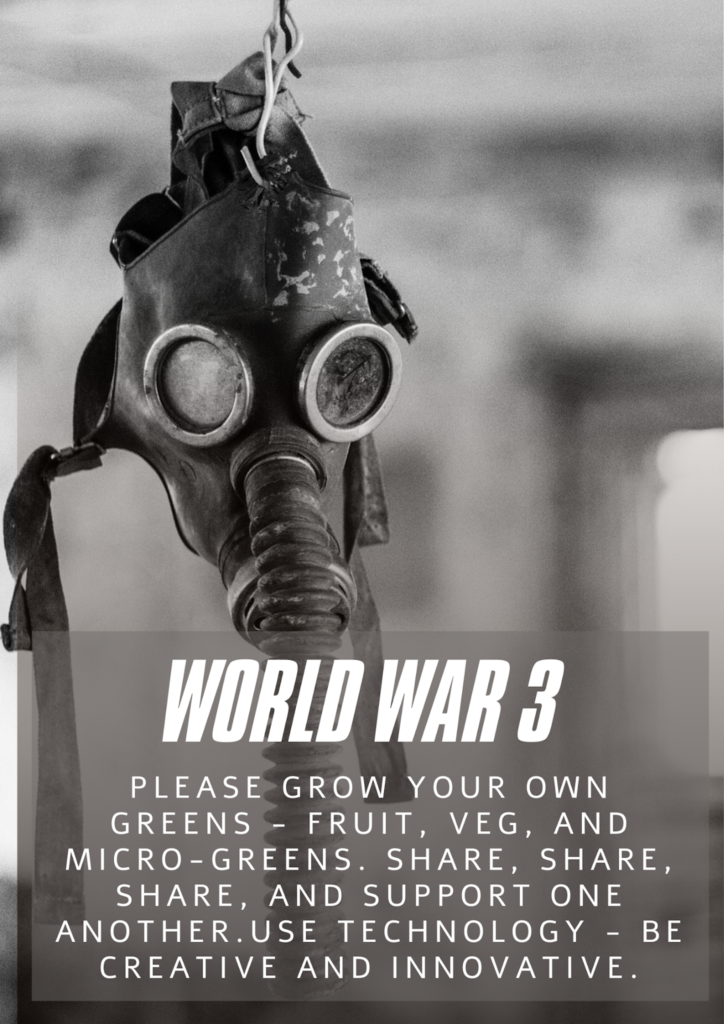
‘Thank God the internet has not been blacked out by electromagnetic warfare,’ said Jacob.
He continues to monitor the sensors and the actuators (pumps, valves, moving arms, and sprayers). He checked the moisture and humidity in the small hot-house pods. He then checks the micro-spraying system that waters his small gardens. Black shiny solar panels cover his roof. A stack of 12 Volt DC batteries is tucked away in his cupboard. An inverter, a voltage regulator, a Microbit and Arduino are connected to his solar system. Several sensors are connected to his Microbit and Arduino Uno.
‘The greens and vegetables will see us through. The fish will provide lots of protein when we need it,’ said Jacob to his young wife, Rebecca.
‘The Internet of Things is our saving grace. I can’t imagine how we would be able to manage our victory gardens without the awesome IoT technology. It is a real lifesaver,’ said Jacob to Rebecca.
On his phone, he watches how the small sprayers pop up and provide a light mist to all the vegetables under his care. He watches the fish swimming graciously in his large tank. They are peaceful, the war has not affected them. They don’t know that they could end up at the dinner table. Jacob and Rebecca have not given the freshwater fish any names.
‘We could smoke the eels.’ Jacob thinks about the delicious smoked eel salad they enjoyed about a week ago.
Could this be a scene from the future?
I have created this fictional scenario to show the possible role of technology and the IoT in future. World War 3 – it’s just an idea. God forbids WW3. The technology exists already. I include the details of the different technologies and platforms in this article. See the images of the sensors for the Microbit, the IoT set (IoT: Bit) in this article. Also, see the images of the website THINGSPEAK in the post. People can create and register an account for free. They connect their Microbit with the sensors via their computer (and mobile phone) to the website via Wi-Fi and Bluetooth connectivity. They get a link to their own unique little website. On the website, they can see the data of their sensors and actuators in real-time. They can also share the link with others. People invited can see the data. It is beautifully illustrated with colourful graphs and charts. In other words, aquaponics (and other systems) can be monitored, programmed, and managed. What a cool prospect!
Below are images with captions of the UK’s Victory Gardens during the second world war in 1939. I also include images of the new Microbit version 2. See the kit set for the Microbit. I also include the definition of the Internet of Things (IoT). What is the Internet of Things (IoT)? The interconnection via the internet of computing devices embedded in everyday objects enable devices and appliances to send and receive data. For example, washing machines, fridges, cars, and smart homes, to name a few. In fact, everything that has functions could be connected to the IoT. It all happens in the cloud.
Survival lesson for secondary school students (can be adapted for intermediate and junior school).
See the challenging lesson for secondary school students at end of the article. The focus is on sustainability, survival, and urban farming in a modern war context. Tools: Minecraft Education, TinkerCad (circuits), and TinkerCad ( design and 3D printing). For example, students consider survival methods and techniques using technology (aquariums, Redstone circuits, gardens, farming animals and more).
Comparing and contrasting the Victory Gardens in 1939 to the fictional World War 3 scenario.
In this article, I endeavour to contrast the 1939 Victory Gardens in the UK to possible scenarios of urban farming – using high-tech technology – in the future. My intention is to prompt the reader to consider how food could be managed in an apocalyptic situation. May we never see World War 3, and may we never experience the devastation of such wars. God help us.
Victory Gardens in the UK – World War 2 – 1940
In 1939 the Ministry of Agriculture urged people to “Dig for Victory”. At one point during World War II, 40% of the country’s vegetables came from home, school and community gardens. These vegetable plots and patches became affectionately known as “Victory Gardens”.

Smart Science Kit for IoT – The Microbit (V2):
The front and back of the Microbit.
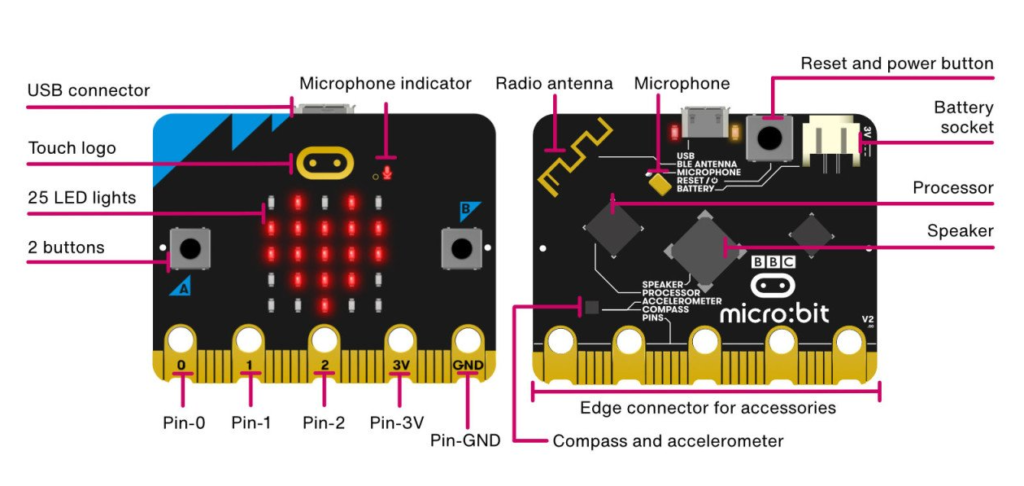
The new Microbit V2. On-board speaker. New features: MEMs Microphone with LED indicator, Touch-sensitive logo, Built-in sleep/off mode, which means the board can be powered-down with batteries. A discrete regulator can supply up to 190mA of current to external accessories.

With ThingSpeak, you can control your gardens (or any other sensors and actuators) from anywhere in the world. ThingSpeak enables sensors, instruments, and websites to send data to the cloud, which is stored in either a private or a public channel. ThingSpeak stores data in private channels by default, but public channels can be used to share data with others. ThingSpeak lets you publish your sensor readings on their website and plot them in charts with timestamps. Then, you can access your readings from anywhere in the world.
How the IoT system works:

How does electromagnetic warfare work?
Electronic Warfare (EW) represents the ability to use the electromagnetic spectrum—signals such as radio, infrared or radar—to sense, protect, and communicate. At the same time, it can be used to deny adversaries the ability to either disrupt or use these signals.
An overview of the available sensors. The Microbit Smart Science IoT Kit. Cost: About $ 135 NZ.
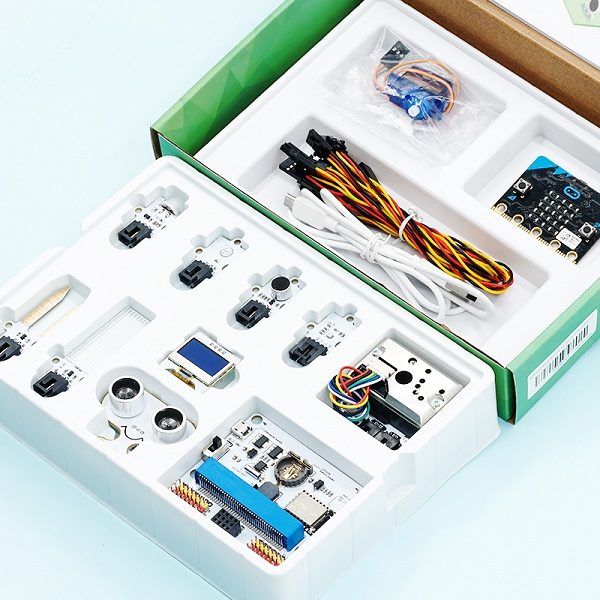
The complete Smart Science set. See the list of the different sensors below.
| Component | number |
| micro:bit | option |
| IoT:bit | 1 |
| OLED | 1 |
| BME 280 | 1 |
| PIR sensor | 1 |
| Light sensor | 1 |
| Noise sensor | 1 |
| Water level sensor | 1 |
| soil moisture sensor | 1 |
| Sonar:bit | 1 |
| Dust sensor | 1 |
| 180° servo | 1 |
More details on the different sensors:
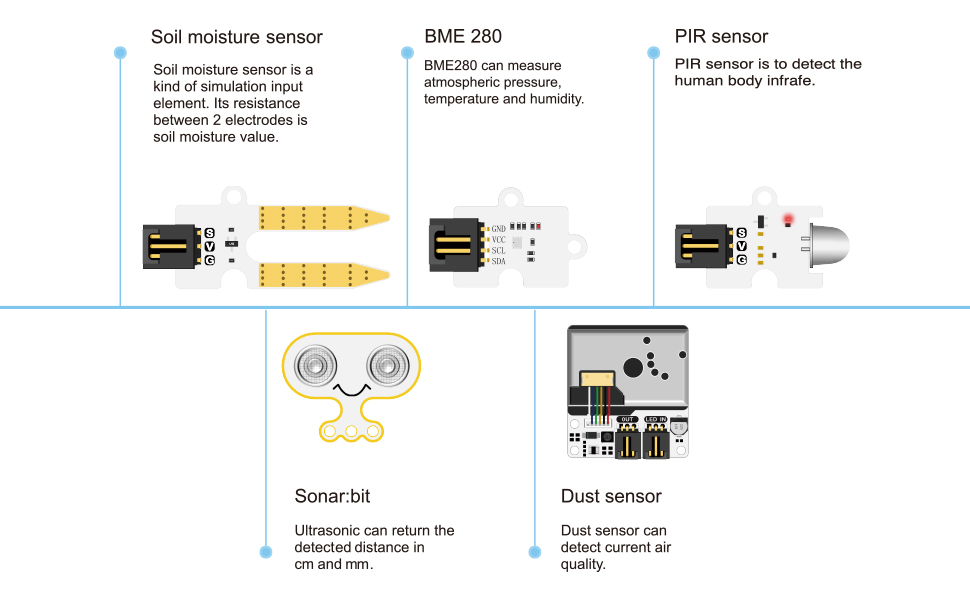

What is Maker Faire?

From engineers to artists to scientists to crafters, Maker Faire is an annual celebration and exhibition of diverse hobbies, experiments, projects, and much more around the world.
Diagram: Aquaponics
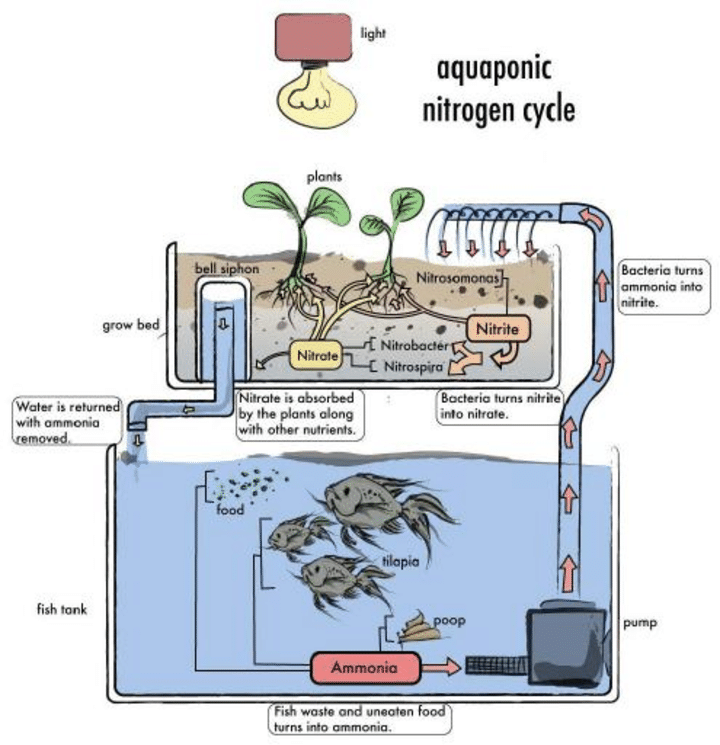
Minecraft Education Lesson: Surviving World War 3.
Design brief: Imagine you are one of the Hoppers in a World War 3 survival scenario. Create an innovative environment for survival using Minecraft Education.
Situation: You and your team have to collaborate – find a suitable location for the war. It could be on earth, or in space. For example, it could be on the Moon, Mars, or somewhere in space.
Specifications:
- Minecraft Education: Use fish tanks, aquariums, and farming (animals and plants). Use your knowledge of farming to extend your knowledge to modern urban farming – how could you use technology to work for you and your mates? Think survival.
- TinkerCad: Use your knowledge of TinkerCad circuits to create a circuit for one of your ideas. For example, create a Microbit circuit with a temperature sensor. You will need to find the schematics and the code for the Microbit.
- Alternatively, you could use your Arduino Uno (microprocessor) knowledge and create a simple temperature sensor in TinkerCad. You will need to find the schematics and the code for the circuit.
- Sustainability: Consider how you will harvest energy from the Sun (photovoltaic panels) to power the systems for your house or building. Think about harvesting rainwater and storing it in tanks. How will you filter water from the tanks to produce safe drinking water?
- If you have the Smart Sensor IoT kit in class, create a circuit showing how you will monitor the temperature in the fish tanks. Go to the ThingSpeak website and create a user (it is free). Create a real situation. You will have a link to the temperature sensor. Ideally, the teacher could have a small aquaponics system in the classroom. You could immerse the temperature sensor (or another sensor) in the fish tank. ThingSpeak will publish your data on a chart – using WiFi and Bluetooth connectivity – and everyone can see it.
- Blogging and Podcasting: The teacher could ask some of his/her student’s permission to publish their work. Screenshots of their Minecraft and TinkerCad work. Students provide captions and headings to their design work. The teacher could publish the work with students’/parents’ permission on a WordPress site. Share with others.
If you are interested here are more information and details to explore:
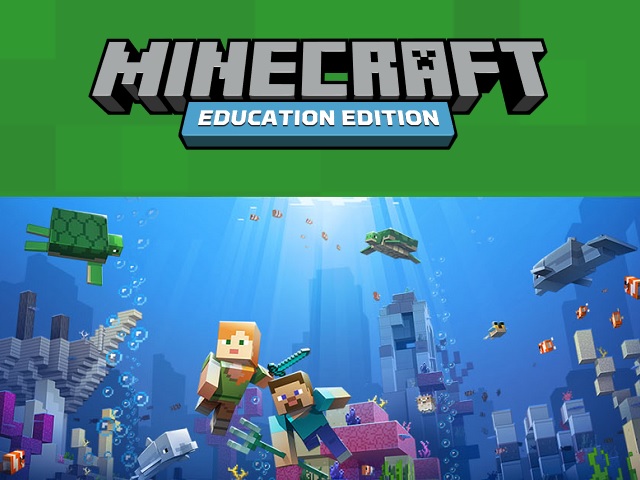
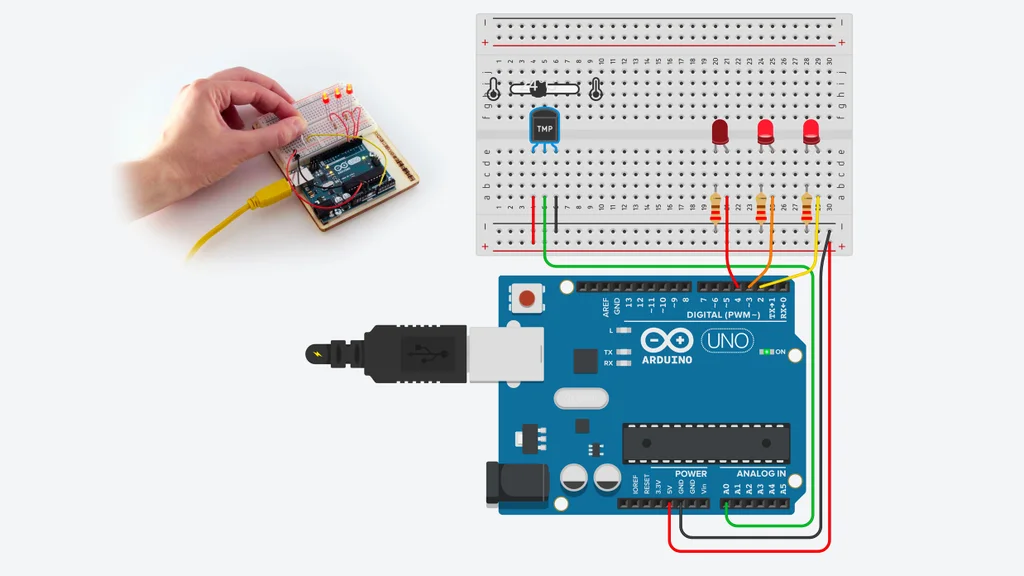
Lakshmi Priya.
Minecraft Education, Thingspeak and TinkerCad are free for schools and individuals.
Copyright © 2022 by William Van Zyl
World War 3 Victory Gardens: ThingSpeak and Eels save the day.
All rights reserved. This eBook/article or any portion
thereof may not be reproduced or used in any manner
without the publisher’s express written permission, except for the use of brief quotations in a book review.
Published by Five House Publishing (New Zealand)
First Publishing, November, 8 2022

More eBooks and articles are available at https://fivehousepublishing.com/
More about the author at http://williamvanzyl.com/
Podcasts:
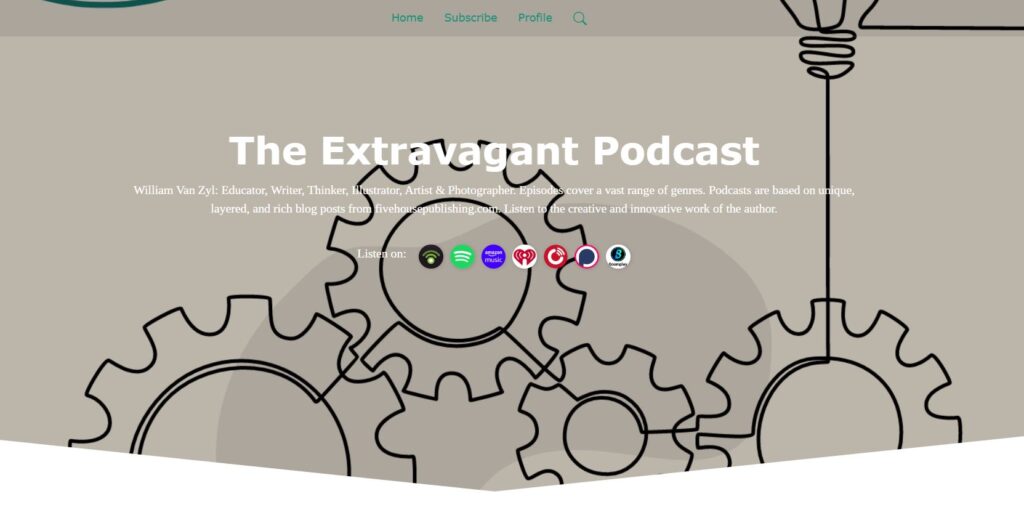
https://feed.podbean.com/williamvzyl/feed.xml
https://williamvzyl.podbean.com/